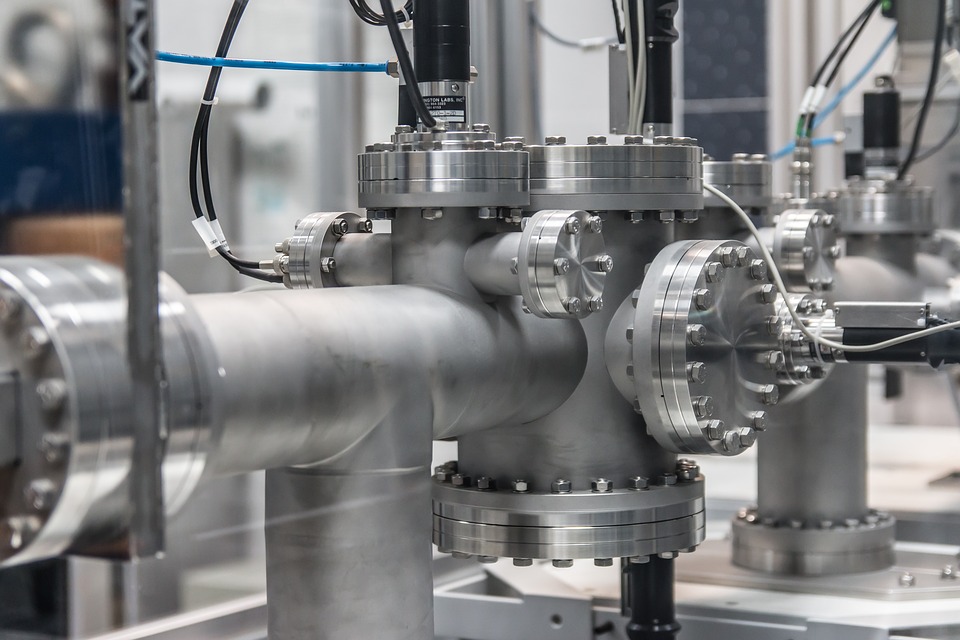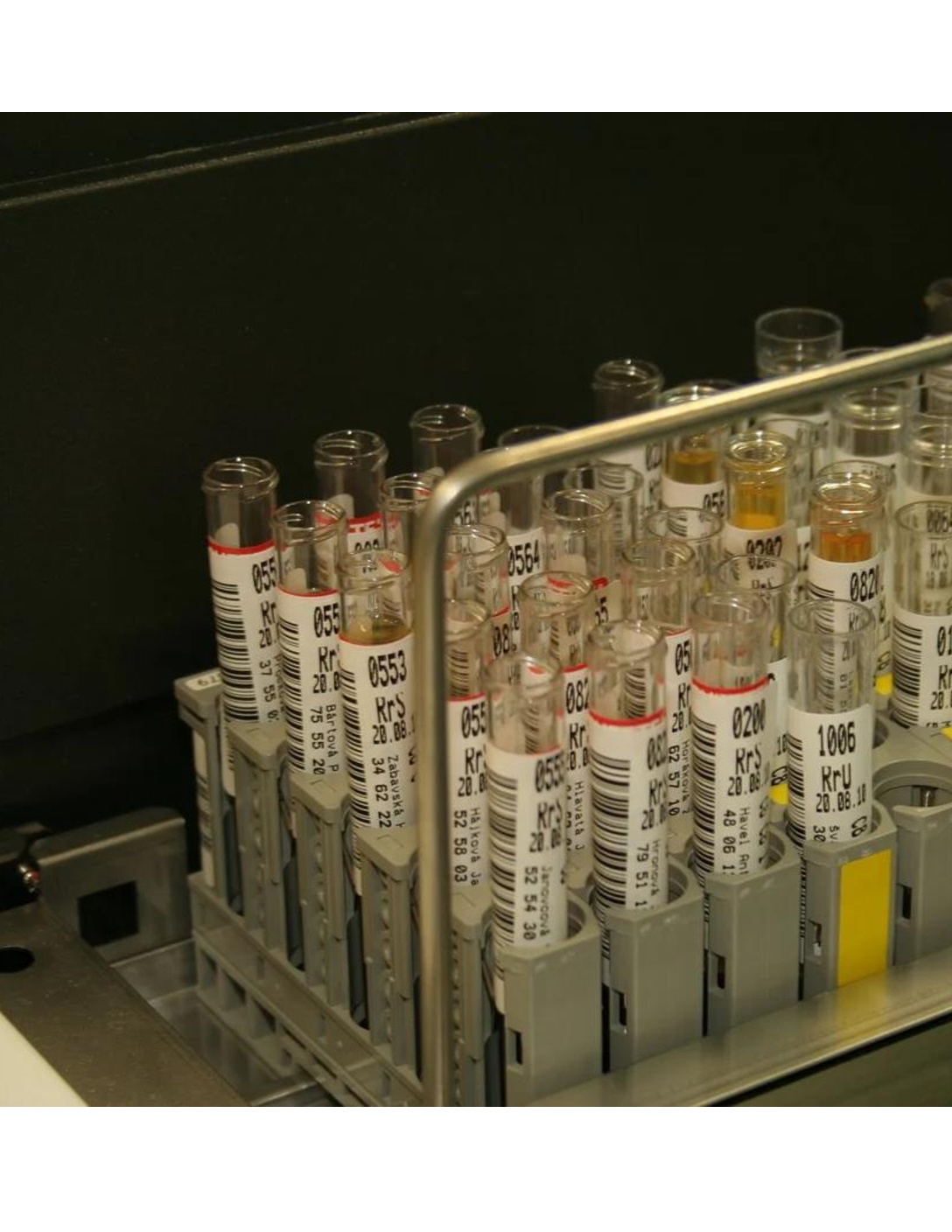By April Day, Staff Writer for save the Water™ | December 8, 2016
Increases in the human population are putting unprecedented pressures on freshwater resources. Only 2 to 2.5% of the world’s water is fresh. By 2025, an estimated two-thirds of the world will be under stressed water conditions.1 To meet growing demand, the slogan, “reduce, reuse, recycle” has been applied to water. Treated wastewater, called reclaimed or recycled water, could supplement water resources, but is it safe?2
The short answer is “maybe.” Three key facts are important to know:
- Current tests cannot accurately detect all contaminants,
- Current wastewater treatments cannot remove or deactivate all contaminants, and
- The risk to human health from a constant mix of water contaminants is unknown.3,4 Currently, 3.6 million people die from water-related diseases each year.5
Uses of recycled water
Historically, recycled water has been restricted to non potable (non-drinking) reuses (NPR), including: agriculture, landscape, public parks, golf course irrigation, industrial uses, toilet flushing, dust control, construction activities, concrete mixing, and artificial lakes.2 Treated wastewater is also used to create, restore, or enhance manmade wetlands and hydrologically altered wetlands.
Recent applications of recycled water include indirect potable reuse (IPR) and direct potable reuse (DPR). IPR is used for groundwater recharge and surface water reservoir augmentation that will eventually be used for cooking or drinking water. DPR uses treated wastewater for drinking.2,4,6 Singapore is currently using recycled water for drinking.7
Treatment of water for direct potable reuse
In water, pathogens and residual chemicals, particularly Chemicals of Emerging Concern (CECs), have the potential to impact human health. These are of significant importance to the use of recycled water for direct potable reuse.4 Monitoring some pathogens can be a very slow process, so surrogates are routinely used to determine whether treatments provide appropriate water quality. However, for DPR, wastewater treatment performance and water quality need more monitoring schemes and approaches because the higher pathogen loads in sewage present a different risk to human health compared to conventional water sources and there is less time to prevent human exposure and consumption.4,8
Recycled water sources are also more likely to carry unregulated contaminants and chemicals compared to most conventional sources. As a result, DPR necessitates treatments to remove or to destroy these chemicals. It will also require online monitoring of surrogates and periodic indicator testing. In short, recycled water for DPR must be fail-safe to protect humans from health risks.8
Is recycled water safe?
Many studies indicate that using recycled water for non potable reuse is safe. According to the United States Environmental Protection Agency, there have been no reports of human health problems that resulted from contact with recycled water that has been treated to standards, criteria, and regulations.2 One national study of using recycled water to irrigate parks, playgrounds, and schoolyards concluded that there were no incidences of illnesses or diseases from pathogens or chemicals.7 A 2012 study in Israel concluded that using recycled wastewater on crops was not spreading antibiotic-resistant bacteria into the environment.9 Previous studies from the 1970s and 1980s have tested recycled water and water from conventional water sources used for irrigating crops and found little or no difference between the two concerning metal content, faecal coliforms, parasites, chlorine, viruses, organic compounds, parasites, and micropollutants.10
So, why still ask about recycled waters’ safety for NPR? Wastewater treatments cannot currently remove all contaminants that potentially risk animal and human health. For example, non-removable pharmaceutical compounds remain in recycled water in an active form.3 A study in Arizona concluded that recycled water could contain synthetic organic compounds, some of which are carcinogenic or toxic. A more recent study using bioassays concluded that attenuation of bioactivity (i.e. making organisms harmless or less harmful) depends on the treatment process and bioassay endpoint. Overall, the study indicated that several bioassays can be used to support decision-making for advanced water treatment for removal of bioactivity.11 Additionally, recycled water’s high nitrogen content could lead to excessive microbial growth that, when used for wetland rehydration, can lead to nutrient enrichment problems, like algal blooms.7
However, governments do not regulate or require the treatment of all contaminants, chemicals, and substances in recycled water.1 Increasing the use of recycled water can increase the number of pathways into the environment for Emerging Substances of Concern (ESOCs), which include organic contaminants like pharmaceuticals, personal care products (PCPs), endocrine-modulating chemicals, nanoparticles, and biological metabolites. Currently, the environmental impact, transport, and toxicological effects of ESOCs are uncertain.7
While studies have documented that small amounts of drugs and personal care products (PCPs) can be found in the edible portion of crops irrigated with recycled water, stakeholders in the field disagree about the potential risk to human health. One group believes that nontoxic levels pose only a very small risk. According to one study in Pennsylvania, compounds that result from PCPs that remain present in treated wastewater do not remain at toxic levels in the edible part of the plant.3 The people who believe that the risk is very small focus on the low amount of chemicals that a person can consume in a year compared to medical doses.12
The opposing group believes that the trace amounts could pose a more serious risk because medical dosage amounts, which are intended for sick people, are not the appropriate measure to determine potential risk to healthy adults and children. By measuring contaminants in sweet potatoes and carrots under regular farm conditions irrigated by treated wastewater, a study showed that children who ate half a carrot a day would consume possibly unsafe levels of an anticonvulsant. An additional concern is that consume may consume a cocktail of chemicals, and the risks of such a mixture are unknown.12
Micropollutants present yet another potential risk. One recent study tested for 28 micropollutants and carbamazepine metabolite in ten different field-grown vegetables that were irrigated with recycled water under realistic conditions t. Although a preliminary health risk assessment showed no risk for 7 of the 12 micropollutants found in the food crops, more specific toxicity data would be required for a refined risk assessment for ciprofloxacin and 10,11-epoxycarbamazepine.13
While the research so far is generally promising for safe use of recycled water, further investigation is required to determine whether trace compounds pose risks to animal and human health. New technological advances for testing, monitoring, and treating water may improve the reliably safe use of recycled water. Innovative technologies may close the time gap for testing the quality of recycled water and choosing appropriate treatments and uses.
References
- Save the Water. “250 water facts.” https://savethewater.org/education-resources/water-facts/
- US Environmental Protection Agency. “Water recycling and reuse: The environmental benefits.” https://www3.epa.gov/region9/water/recycling/
- American Society of Agronomy. March 2, 2016. “Reduce, reuse, recycle: Safe for water? Pharmaceutical, personal care products show scant presence in crop irrigated with wastewater.” ScienceDaily. www.sciencedaily.com/releases/2016/03/160302132540.htm
- California State Water Resources Control Board. October 24, 2014. “Thematic topic #1: Water quality and human health.” http://www.swrcb.ca.gov/water_issues/programs/water_recycling_policy/docs/wr_research/3_thematic_topic_1_water_quality_and_human_heath.pdf
- Save the Water. “Chemical facts.” https://savethewater.org/education-resources/chemical-facts/
- WaterWorld. October 31, 2016. “Permit to reduce wastewater discharges to the ocean in San Diego proposed by EPA, State.” http://www.waterworld.com/articles/2016/10/permit-to-reduce-wastewater-discharges-to-the-ocean-in-san-diego-proposed-by-epa-state.html
- Florida Department of Environmental Protection Office of Water Policy. December 1, 2015. “Report on expansion of beneficial use of reclaimed water, stormwater and excess surface water (Senate Bill 536).” http://www.dep.state.fl.us/water/reuse/docs/sb536/SB536-Report.pdf.
- M. Wehner. October 29, 2014. “DPR water quality and human health: DPR research needs workshop with SWRCB staff and stakeholders [presentation slides].” http://www.swrcb.ca.gov/water_issues/programs/water_recycling_policy/docs/wr_research/wehner_water_quality_and_human_health.pdf
- M.B. Griggs. September 22, 2014. “Why we shouldn’t worry about growing plants with recycled water: Trace amounts of common pharmaceuticals show up in crops grown with recycled water, but not as much as you’d think.” Smithsonian. http://www.smithsonianmag.com/smart-news/plants-grown-recycled-water-180952805/
- Natural Resources Management Environment Department, Food and Agriculture Organization of the United Nations. “Wastewater use case studies.” http://www.fao.org/docrep/T0551E/t0551e0b.htm
- A. Jia, et al. 2015. “In vitro bioassays to evaluate complex chemical mixtures in recycled water.” Water Research, 80. http://www.sciencedirect.com/science/article/pii/S0043135415002997
- B. Mole. September 19, 2014. “Crops take up drugs from recycled water: Researchers disagree on the potential threat to human health of tiny quantities of compounds including pharmaceuticals.” ScienceNews. https://www.sciencenews.org/article/crops-take-drugs-recycled-water
- C. Riemenschneider, et al. 2016. “Pharmaceuticals, their metabolites, and other polar pollutants in field-grown vegetables irrigated with treated municipal wastewater.” Journal of Agricultural Food Chemistry, 64(29).




